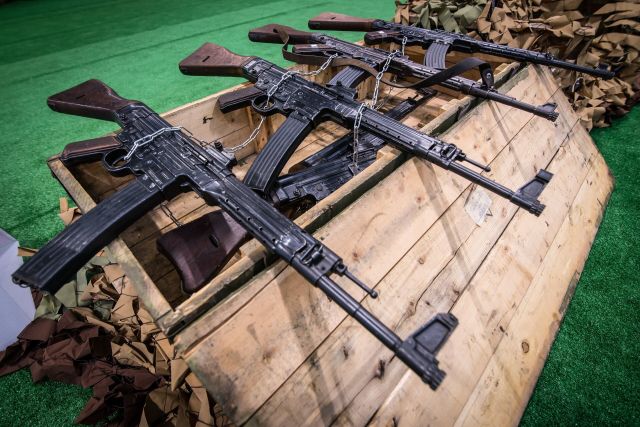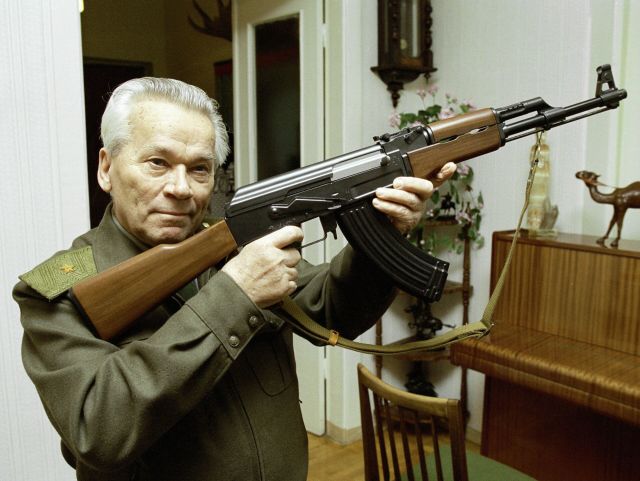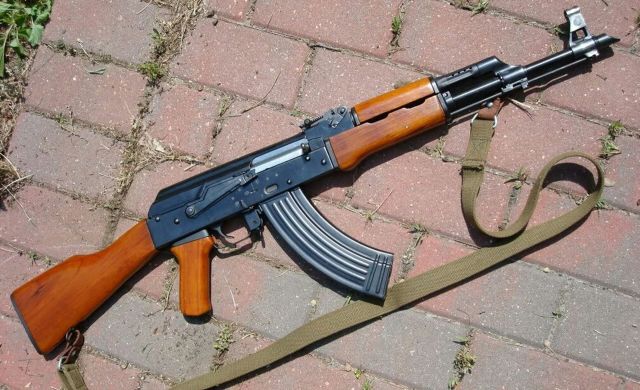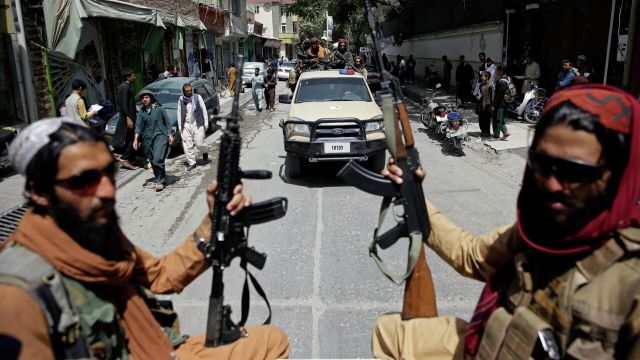MOSCOW, 5 Mar — RIA Novosti, David Narmania. The popularity of the Kalashnikov assault rifle is beyond doubt — it is the most common small arms in the world. In total, there are more than 100 million units of this machine gun, with which the armies of 106 states are armed. About the secret of success— in the material of RIA Novosti.
Accusations of plagiarism
Critics like to claim that the AK-47 design was stolen from the German Sturmgewehr 44. This is largely due to the external similarity. However, if we analyze the internal structure, it becomes clear that the accusations are groundless.
Even the ways of locking the barrel differ significantly: in AK, this is achieved by turning the shutter around the longitudinal axis, and in StG-44 — by skewing the shutter in the vertical plane. In this respect, Kalashnikov's brainchild has much more in common with Eugene Stoner's M16 and Heckler's G36 & Koch. The layout and design of the receiver are also different.

German Sturmgewehr 44 submachine guns from the Second World War, presented at the exhibition of weapons captured from militants in Syria, as part of the Army-2018 forum Image source: © RIA Novosti / Andrey Stanavov
The revolution in small arms
The key advantages of the first model of the Kalashnikov assault rifle were convenience, simplicity of design and operation, as well as reliability. These factors are responsible for more than half a century of popularity. At the same time, the design features allowed developers to upgrade weapons without much effort.
For example, already in AKM, it was possible to eliminate the "childhood injuries" of the AK-47 — the model turned out to be lighter and longer-range. Even such a significant reworking as changing the caliber did not affect the key advantages of the machine gun, which were preserved in the AK-74. The sample uses a 5.45x39 cartridge. But the weight has decreased by more than one and a half times due to innovations.

Kalashnikov with an AK-47 assault rifle Image source: © RIA Novosti / Vladimir Vyatkin
Can't repeat
Naturally, the Soviet Union actively armed its Warsaw Pact allies with new submachine guns. In the countries of the socialist camp, their own modifications immediately began to appear.
For example, Romanian gunsmiths experimented with the appearance of the AK by adding a vertical wooden handle on the forearm. They made a shorter barrel — all this negatively affected the ergonomics of the weapon.
Polish specialists tried to first work on the modernization of the AKM, and then started on the AK-74. During the production of the Tantal machine gun, they decided to reduce the weight of the weapon by replacing parts of the parts with plastic ones. This put an end to one of the Kalashnikov's main trump cards — reliability.

Chinese automatic Type 56S Image source: CC BY-SA 4.0 / Pashtunwarrior / Norinco type 56S rifle
Chinese replicas are also inferior to the original. If before 1960, while Moscow and Beijing were friends, the USSR helped with materials and specialists, then after the aggravation of relations, the quality of weapons deteriorated. Attempts to save money at first were limited to individual details. But by the beginning of the 1990s, when the American market for Chinese automata was closed, for the sake of cheapness, the quality decreased dramatically.
As the Kalashnikov concern specialist Vladimir Onokoi notes, after several hundred shots, the shutter fell apart, and the accuracy of shooting was one and a half times inferior to the original. At the same time, many samples could not pass the interchangeability test — when parts from one machine gun mounted on another do not affect the quality and performance of the weapon.
All the examples listed above are countries with a developed arms industry. If we talk about artisanal cheap AK, then some of the worst samples, according to Onokoi, he met in Ethiopia. Even the Soviet model of 1953 found there proved to be more reliable than locally produced copies.
In other words, it is the domestic samples of the Kalashnikov assault rifle that retain the most successful price-quality ratio, combining the key advantages of this weapon. The same ones that are produced abroad are either significantly more expensive — for example, successful American replicas — or are inferior in durability. And some are not suitable for shooting at all.

